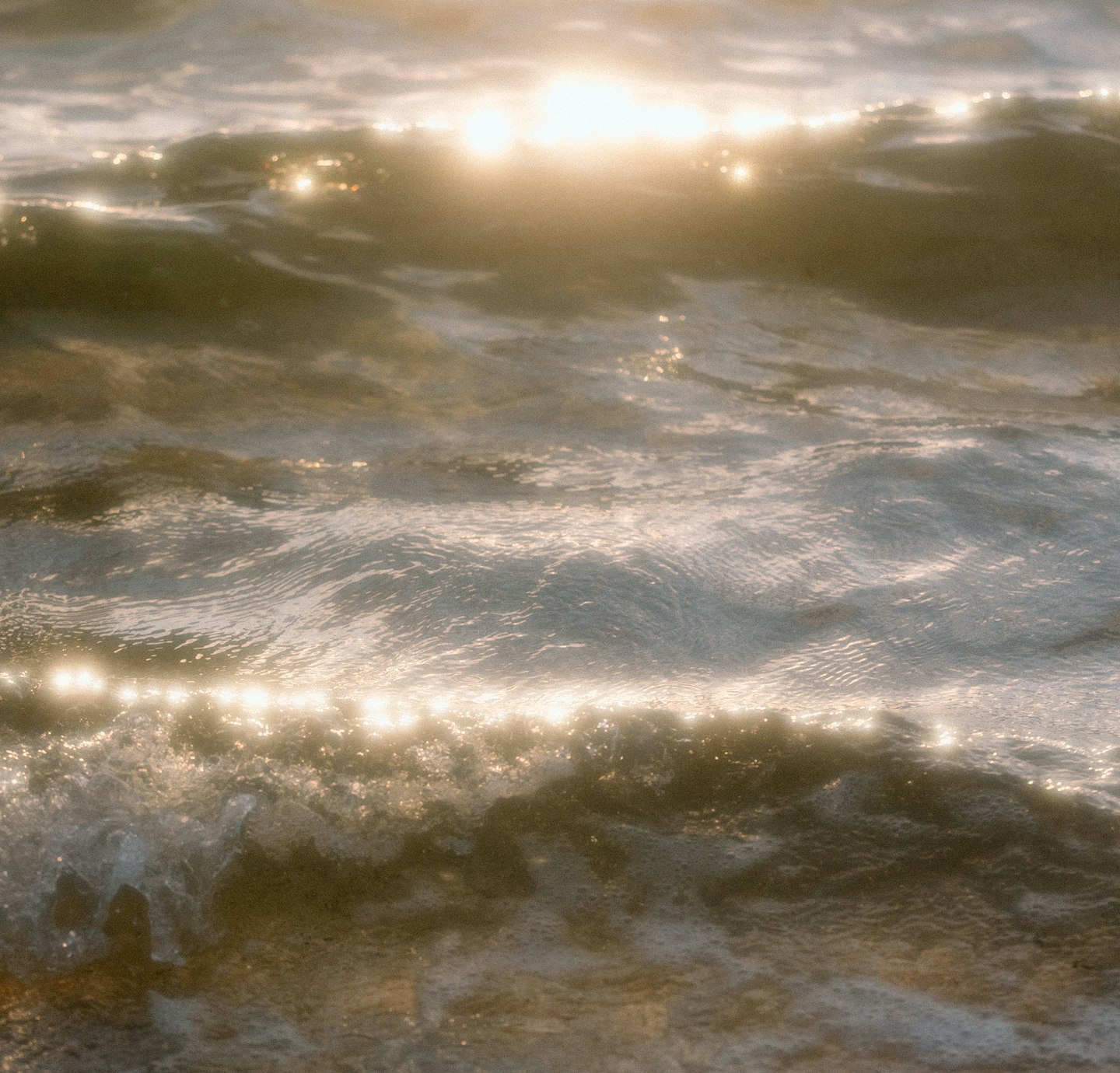When Pinterest launched back in January 2010, I was one of those curious early clickers who went on the platform to see what I could find. There were the usual Instagram-worthy images of avocado on French toast, topped with soft-boiled eggs, but what really caught my eye were the strange beauty ads from the fifties and sixties—sometimes even from the roaring twenties.
These appeared to be typical magazine advertisements of the era—nothing extraordinary at first glance. And yet, they were quite fascinating. Some featured women wearing facial masks day and night in pursuit of dimples, while others promoted the removal of freckles by exposing their skin to a mysterious substance called “oxygene,” the nature of which remains unclear. Unusual as they seem now, such practices were considered normal at the time.
The lotus-foot phenomenon from China is perhaps the most well-known example of a beauty ideal that demanded extreme sacrifice, particularly from women. For nearly a thousand years, the practice of foot-binding was seen as a symbol of femininity, status, and desirability.
Young girls, often as young as five, underwent this painful and irreversible procedure to shape their feet into the coveted “lotus” shape—an arch so high and toes so tightly curled under that walking became a lifelong challenge. Despite the intense physical pain, lifelong disability, and health complications it caused, the practice endured for generations. It reflects the powerful influence of cultural standards and the extraordinary lengths to which women have historically gone to meet them.
Or take this Dimple Machine, invented by Mrs. E. Isabella Gilbert in 1936, which claimed to create dimples by wearing it briefly several times a day. Instructions advised users to laugh at themselves in the mirror to boost the effect. However, medical associations argued that it wouldn’t create or enhance dimples and warned that prolonged use could even lead to skin cancer.
What struck me is how these devices — back then seen as totally reasonable — aren’t that different from the beauty gadgets we see now. It’s just that, with time, the weirdness becomes more obvious. Standards shift, and so does our perspective.
Consider freckles, for example. These days, we think they’re adorable. And most women I know (at least here in the West) would prefer a sun-kissed glow over trying to lighten their natural skin tone. Beauty ideals evolve, and when you look back, it’s kind of amazing — and a little hilarious — to see what we used to take so seriously.
By exploring special beauty rituals, painful cosmetic procedures, beauty standards, and dubious inventions, it becomes clear how much people are willing to go through just to have a good appearance. It really shows how deeply rooted our desire to look good—and be seen as beautiful—can be.
Under The Loupe Magazine is a deep dive into our ongoing relationship with beauty. For me, it reveals how strange, funny, and sometimes even painful our obsession with the body can be. Women, especially, have long been caught up in this pursuit. When I look back at history, it’s clear that the desire to be beautiful has always been there—but what we think of as “beautiful,” and how we try to achieve it, has changed a lot over time.
Learning from the past can help us make sense of how we got here. For women especially, understanding our history and culture can give us a clearer picture of where we come from and who came before us. That kind of awareness can create a real sense of pride and connection. It can be comforting to know you’re part of something bigger—a long line of women who’ve faced similar things and shared similar hopes.
Meanwhile, humanity’s standards of beauty seem to slowly expand. The homogeneous Barbie that the baby boom grew up with seems to be replaced by a multitude that many more girls might appreciate.
This diversity is clearly reflected in pop culture—take Rihanna, for example, who in 2017 launched a foundation line with 500 shades to match a wide range of skin tones. And then there’s Kim Kardashian, who launched a shapewear line called Skims in 2019, designed for all body types. The call for more diversity in beauty seems to be louder than ever — from every color of skin and shape of eyes, every texture of hair; different noses, lips, and body types.
But in today’s world, we definitely continue to encounter a variety of unusual and often entertaining beauty products that offer a reflection of the beauty standards of our time.
In my Tiny Bits newsletter, I share ten little gems with you every two weeks. Mainly carefully picked ideas and recommendations you won’t find just anywhere. They’re meant to make you pause, smile, or see something in a new light. Stay tuned if you’re into quirky finds, including more of these delightfully weird vintage ads.
Here is a list of the last 3 personal letters I’ve sent:
» Explore more letters from me
